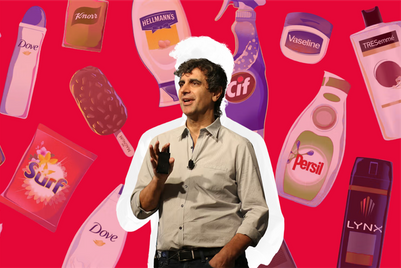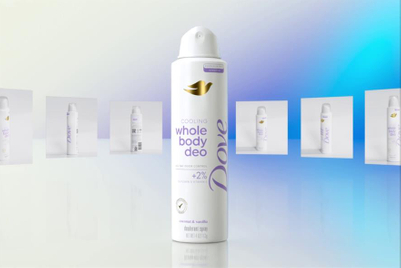
On one level, it has become the nature of the media to cast news in confrontational terms. The martial metaphor is used to cover rival film stars, cricket, foreign relations, competition with other economies, reality shows and now advertising campaigns run by marketers. Any conflict becomes news, and any news gets shown as a conflict. Peculiarly, war has become an abiding metaphor for our times and the Rin-Tide altercation is merely one more instance of a larger trend.
This raises interesting possibilities for marketers. If Rin, without doing very much that is new or radical, can create so much excitement and publicity by merely releasing an ad, why should more marketers not take to manufacturing controversies just to get talked about for free? In this case, the logic is particularly sound given that detergents as a category is no longer of great interest to consumers, unlike a couple of decades ago when it pretty much defined advertising on television. It is a great way to stir up some engagement with the category and draw free attention to the brand without spending too much money.
Brands need to learn from celebrities, and recognise that today’s media is easy to manipulate. It is programmed to react in a predictable and collective way given its extreme market orientation. A whiff of controversy, a show of celebrity leg and the media charges in, nostrils flaring. There is a case to be made for creating ‘reality brands’ along the lines of reality shows, which thrive on the need for sensation and relentless stimulation. Today’s world needs today’s brands; what might have been the kiss of death for brand yesterday might now be a viable strategy for a product that wants to pursue it, Rin or otherwise.
Got a view?
Email [email protected]
This article was originally published in the 25 March 2010 issue of Media.


.jpg&h=334&w=500&q=100&v=20250320&c=1)



.png&h=334&w=500&q=100&v=20250320&c=1)
.png&h=334&w=500&q=100&v=20250320&c=1)
.png&h=334&w=500&q=100&v=20250320&c=1)

.png&h=334&w=500&q=100&v=20250320&c=1)






.png&h=268&w=401&q=100&v=20250320&c=1)

